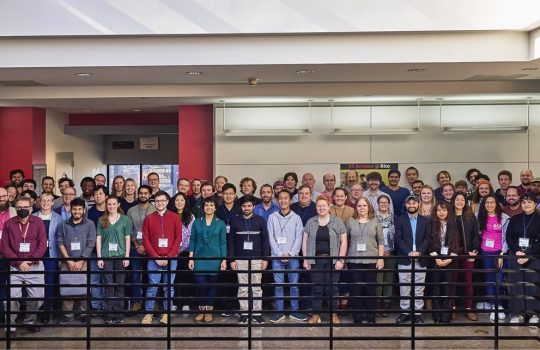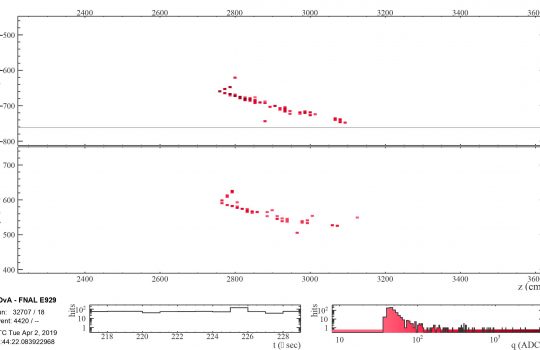Northlandia: how northern Minnesota aids study of ghost-like particles
Duluth News Tribune, May 1, 2025
For more than two decades, a particle beam from Fermilab has been aimed at the NOvA experiment in Arrowhead, Minn. where researchers have been trying to understand neutrinos.


